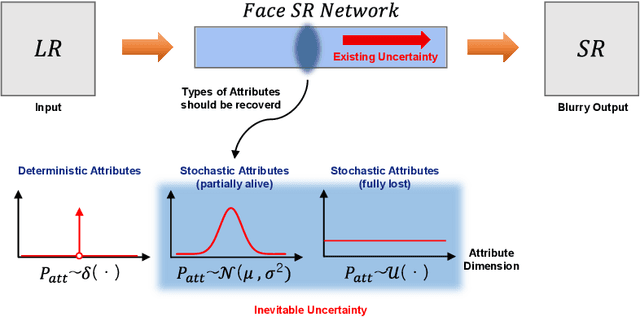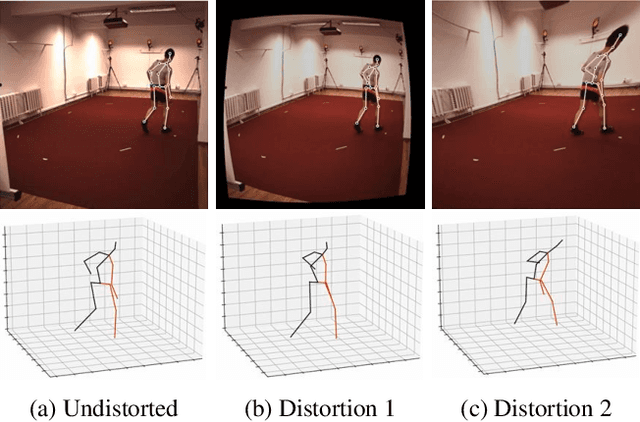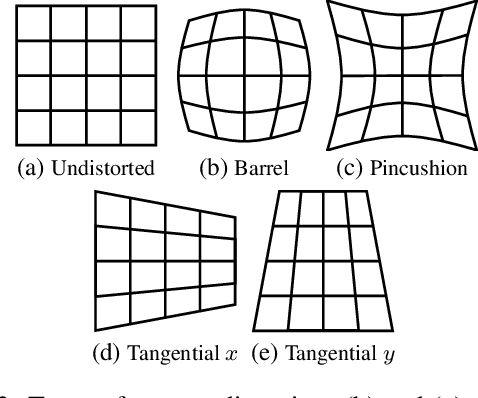Jaemyung Yu
FairASR: Fair Audio Contrastive Learning for Automatic Speech Recognition
Jun 12, 2025Abstract:Large-scale ASR models have achieved remarkable gains in accuracy and robustness. However, fairness issues remain largely unaddressed despite their critical importance in real-world applications. In this work, we introduce FairASR, a system that mitigates demographic bias by learning representations that are uninformative about group membership, enabling fair generalization across demographic groups. Leveraging a multi-demographic dataset, our approach employs a gradient reversal layer to suppress demographic-discriminative features while maintaining the ability to capture generalizable speech patterns through an unsupervised contrastive loss. Experimental results show that FairASR delivers competitive overall ASR performance while significantly reducing performance disparities across different demographic groups.
PRISM: Video Dataset Condensation with Progressive Refinement and Insertion for Sparse Motion
May 28, 2025Abstract:Video dataset condensation has emerged as a critical technique for addressing the computational challenges associated with large-scale video data processing in deep learning applications. While significant progress has been made in image dataset condensation, the video domain presents unique challenges due to the complex interplay between spatial content and temporal dynamics. This paper introduces PRISM, Progressive Refinement and Insertion for Sparse Motion, for video dataset condensation, a novel approach that fundamentally reconsiders how video data should be condensed. Unlike the previous method that separates static content from dynamic motion, our method preserves the essential interdependence between these elements. Our approach progressively refines and inserts frames to fully accommodate the motion in an action while achieving better performance but less storage, considering the relation of gradients for each frame. Extensive experiments across standard video action recognition benchmarks demonstrate that PRISM outperforms existing disentangled approaches while maintaining compact representations suitable for resource-constrained environments.
Self-supervised Transformation Learning for Equivariant Representations
Jan 15, 2025



Abstract:Unsupervised representation learning has significantly advanced various machine learning tasks. In the computer vision domain, state-of-the-art approaches utilize transformations like random crop and color jitter to achieve invariant representations, embedding semantically the same inputs despite transformations. However, this can degrade performance in tasks requiring precise features, such as localization or flower classification. To address this, recent research incorporates equivariant representation learning, which captures transformation-sensitive information. However, current methods depend on transformation labels and thus struggle with interdependency and complex transformations. We propose Self-supervised Transformation Learning (STL), replacing transformation labels with transformation representations derived from image pairs. The proposed method ensures transformation representation is image-invariant and learns corresponding equivariant transformations, enhancing performance without increased batch complexity. We demonstrate the approach's effectiveness across diverse classification and detection tasks, outperforming existing methods in 7 out of 11 benchmarks and excelling in detection. By integrating complex transformations like AugMix, unusable by prior equivariant methods, this approach enhances performance across tasks, underscoring its adaptability and resilience. Additionally, its compatibility with various base models highlights its flexibility and broad applicability. The code is available at https://github.com/jaemyung-u/stl.
Stochastic Attribute Modeling for Face Super-Resolution
Jul 16, 2022



Abstract:When a high-resolution (HR) image is degraded into a low-resolution (LR) image, the image loses some of the existing information. Consequently, multiple HR images can correspond to the LR image. Most of the existing methods do not consider the uncertainty caused by the stochastic attribute, which can only be probabilistically inferred. Therefore, the predicted HR images are often blurry because the network tries to reflect all possibilities in a single output image. To overcome this limitation, this paper proposes a novel face super-resolution (SR) scheme to take into the uncertainty by stochastic modeling. Specifically, the information in LR images is separately encoded into deterministic and stochastic attributes. Furthermore, an Input Conditional Attribute Predictor is proposed and separately trained to predict the partially alive stochastic attributes from only the LR images. Extensive evaluation shows that the proposed method successfully reduces the uncertainty in the learning process and outperforms the existing state-of-the-art approaches.
Camera Distortion-aware 3D Human Pose Estimation in Video with Optimization-based Meta-Learning
Dec 03, 2021



Abstract:Existing 3D human pose estimation algorithms trained on distortion-free datasets suffer performance drop when applied to new scenarios with a specific camera distortion. In this paper, we propose a simple yet effective model for 3D human pose estimation in video that can quickly adapt to any distortion environment by utilizing MAML, a representative optimization-based meta-learning algorithm. We consider a sequence of 2D keypoints in a particular distortion as a single task of MAML. However, due to the absence of a large-scale dataset in a distorted environment, we propose an efficient method to generate synthetic distorted data from undistorted 2D keypoints. For the evaluation, we assume two practical testing situations depending on whether a motion capture sensor is available or not. In particular, we propose Inference Stage Optimization using bone-length symmetry and consistency. Extensive evaluation shows that our proposed method successfully adapts to various degrees of distortion in the testing phase and outperforms the existing state-of-the-art approaches. The proposed method is useful in practice because it does not require camera calibration and additional computations in a testing set-up.
 Add to Chrome
Add to Chrome Add to Firefox
Add to Firefox Add to Edge
Add to Edge